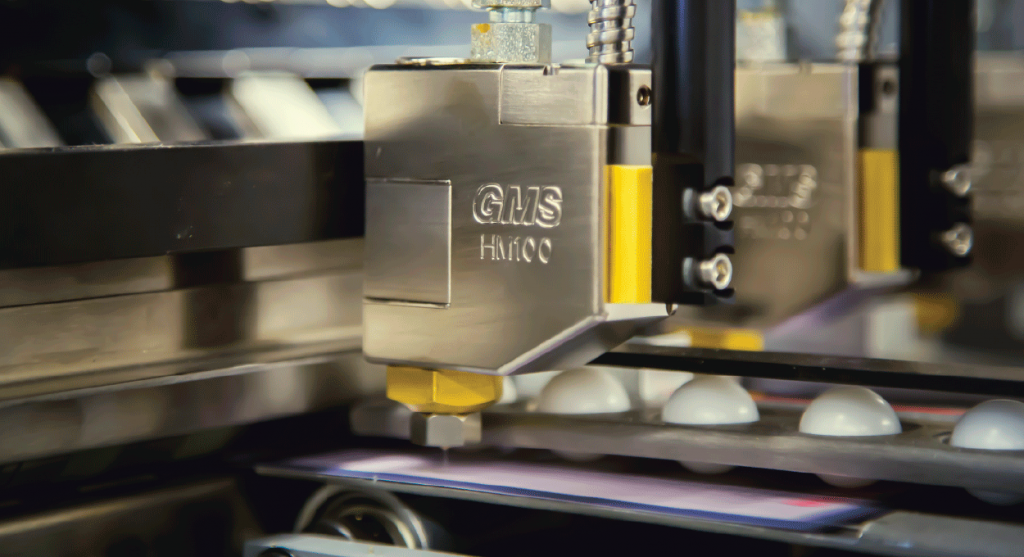The direct mailing marketing industry holds its own in comparison to other marketing channels. In fact, according to a Direct Marketing Association Response Rate Report, direct mail outperforms all digital channels combined (mobile, email, social media, paid search, and display advertising) by nearly 600%. According to the study, direct mail also offers a strong return on marketing investment; So much so, that its return on investment is the same as social media (15-17%). According to the 2015 DMA Response Rate Report, “Marketers continue to embrace multi-channel marketing, with 44% of the respondents using three or more channels for their marketing efforts. In these instances, the most popular channels tend to be email, direct mail, and social media.” For these reasons, direct mail won’t be going away anytime soon, which is why it is still important to consider ways to maximize its value.
Some of the most common concerns by direct mailers include the cost of deployment. While we cannot completely control the cost of postage, we can control how the direct mailers are made. Systems that simplify and streamline the folding and gluing operations for mailing applications as well as inline product scoring and perforating, plow folding, card tipping and gluing in one package can help to minimize the cost to produce direct mail campaigns.
A more efficient system to deploy direct mail campaigns will drive down your overall cost to make direct mail, thus providing a greater return on investment. As an example, the micro-gluer system by GMS-VanSco feeds, registers, scores, perforates, glues and folds at speeds in excess of 50,000 pieces per hour to save time. This system, in particular, will place an accurate dot, line or stitch patterns with the capability of plow folding and gluing half-fold, letter, fold, z-folds, and gatefolds. Precision gluing on its own can mean the difference of hundreds of pieces of mail. Additionally, it’s possible to produce self-mailers in C, V and Z fold formats in the same system. Also, using simple, people-friendly pattern controllers increases an operator’s ability to quickly manage jobs. The amount of floor space a machine uses in addition to the difference in cost it takes to operate a small system versus a more complicated setup can mean the difference of major savings that, in the end, have a big impact on the bottom line.
The next time you are considering changes to save money and maximize profit, consider changing your direct mail machinery– The long-term impact of initial investment can determine big profit.
You can read more about systems for creating direct mail here and here.
This is an edited post of the previous version posted on January 5, 2017, by Rachel Pottner.


